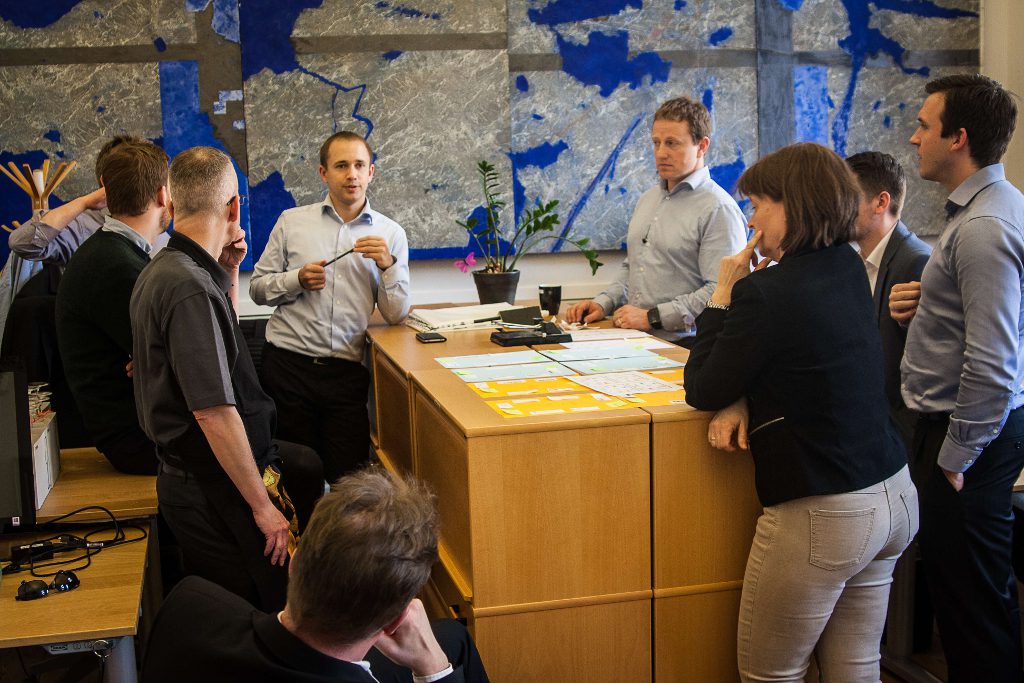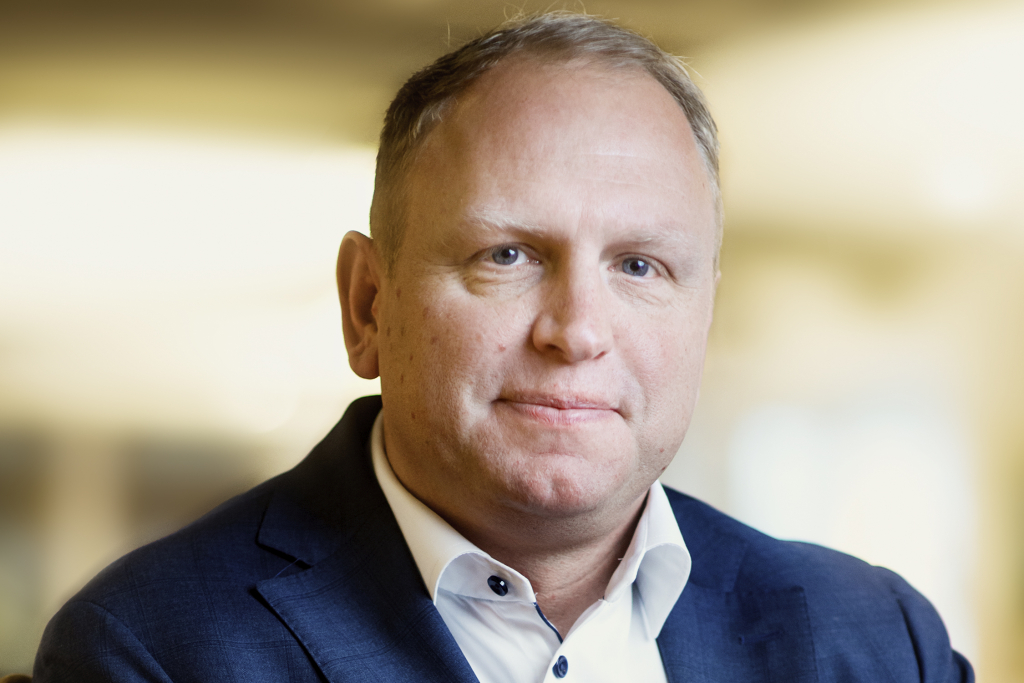Manage by means
MBM - A Cultural Journey
A company’s culture should in every detail strive to satisfy customer needs. Most will agree to this. However, it is not until this culture is fully ingrained in the company operation, that extraordinary results will come naturally.
These are the basics in the management model we call “Manage by Means”, or MBM, developed by SAM and publically launched in the book “Profit Beyond Measure” by SAM founder Anders Bröms and Prof. H. Thomas Johnson at Portland Univ. in 2000.
The essential understanding of the correlation between the way of thinking (the company culture and mind-set), methods (how we operate) and results is key to a company’s practices, and by that success or not.
From decades of implementing MBM we have noticed that many companies share similar challenges.

By large, the accomplishment of an organization is dependent of the culture in that organization. People mentions “the things in the walls” or “what is in the walls”, meaning the inexplicable that governs the ways we think and do, in management as well as in operations. That is what we at SAM define as the company culture. A culture that has been growing and developing for a long time, characterized by successes and failures as well as colorful individuals and leaders in the organization. The end result is the behaviors by which we act, values, how we cooperate, organizational dynamic, communication, etc., i.e. all that truly affects the quality of the output.

It is popular to address and talk about team work and how team work is the single most important factor for success. But, what is team work, if not the company culture in practice? Team work is the values, attitudes, behaviors and such. To produce and continuously improve quality in all that is done demands active engagement in common values, mind-set and attitudes. Team work needs to be practiced to succeed. If not, the organization will consist of people acting from and towards what is best for them, not the organization as a whole.
“To turn a super-tanker around” is an analogy for implementing change and addressing the company culture in a large organization. It is a good analogy. It takes dedicated work and clear goals to change the culture. Persistence and patience becomes the lead words for the undertaking ahead and demands a lot from the leaders. The leaders have to supply direction, clear communication and support to the organization, leading the change by example. To commence on the journey is often a necessity for the organization to sustain its competitive edge and the leaders need to stay true to the taken path.

SAM has long experience in developing and implementing a cultural transformation in both large and small organizations. Over the years SAM has developed methods to address the organization’s way of thinking. i.e. the fundament for a cultural change. SAM supports and coach management as well as operators in the transformation. SAM also contributes by analysing the already existing good and use it to formulate the future vision.
In the early 1990’s SAM together with the then Scania CEO Leif Östling and his executive management lay the foundation to Scania’s impressive and inspiring production system SPS. The system includes the whole company from R&D through production to sales and marketing, as well as other support functions. Over years SAM has continued to support Scania, working close to the organization when implementing and further develop, what today is called, the Scania Way.